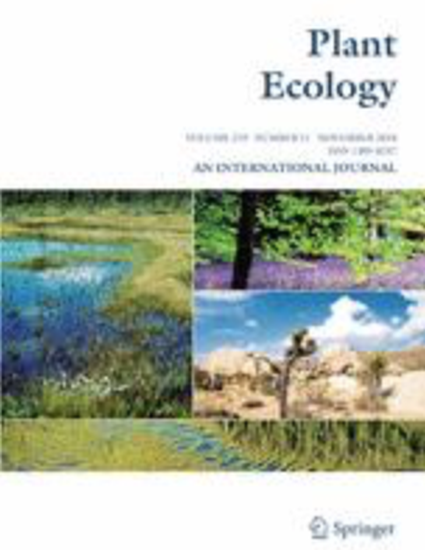
Article
Elemental allelopathy: processes, progress, and pitfalls
Plant Ecology
(2009)
Abstract
Allelopathic interference between plants has generally been discussed in terms of the production of toxic complex biochemicals; however, complex biochemicals may not be the only substances plants use to interfere with one another. It has also been suggested that inorganic elements may be used in an allelopathic manner. If, through phytoenrichment or root exudates, a plant is able to increase the bioavailable levels of a particular element and tolerate the levels better than its neighbors, it can produce an allelopathic effect. Elemental allelopathy has been implicated as the cause for the success of a number of invasive weeds, including Acroptilon repens, Tamarix spp., Halogeton glomeratus, Salsola iberica, and Mesambryenthemum crystallinum. Phytoenrichment of elements can occur through hyperaccumulation and litter deposition and by altering rhizosphere chemistry...
Disciplines
Publication Date
May, 2009
DOI
https://doi.org/10.1007/s11258-008-9470-6
Citation Information
Christopher A. Call. "Elemental allelopathy: processes, progress, and pitfalls" Plant Ecology Vol. 202 Iss. 1 (2009) p. 1 - 11 Available at: http://works.bepress.com/christopher_call/7/
